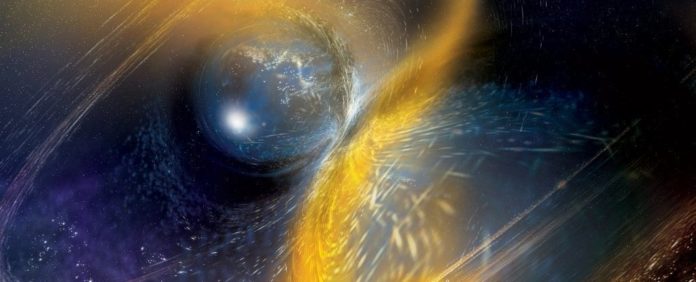For the second time since its inauguration, the Laser Interferometer Gravitational-Wave Observatory (LIGO) has seen the clash of two of the Universe’s densest objects in the depths of space. The source of the waves seems to be from an event that could potentially challenge our current understanding of neutron stars.
Neutron stars are a rather underwhelming residue of the process of the death of a star. This entity is formed when a star gets old by consuming all of its hydrogen. This leads to the next step in a star’s life known as the Supernova. This exhilarating explosion leads to the star ejecting most of its mass. Whatever is left, either contracts into a singularity or becomes a neutron star. These city-sized objects are known to be one of the densest things in the observable universe.

LIGO had made history two and a half years ago when it detected its first gravitational-wave generating event. Also a neutron star collision, the event, which happened about a billion years ago, was strong enough to produce ripples in the fabric of space-time. This lead to its detection in Honolulu in 2017.
The new observation is as special as it seems to be; two neutron stars of mass greater than 2.9 times that of the sun have collided. Such a pair has never been observed by any telescope or, for that matter, any other instrument. This finding seems to challenge our current understanding of the workings of the universe as no neutron star of such mass has been ever observed.

Astronomers have not ruled out the possibility that one of the entities could have been a Black Hole, a rather small one. This assumption poses another challenge as no Black Hole of such small mass has ever been observed. This event seems to have happened without an accompanying explosion, which adds another layer of mystery to the finding.
Further Reading:


